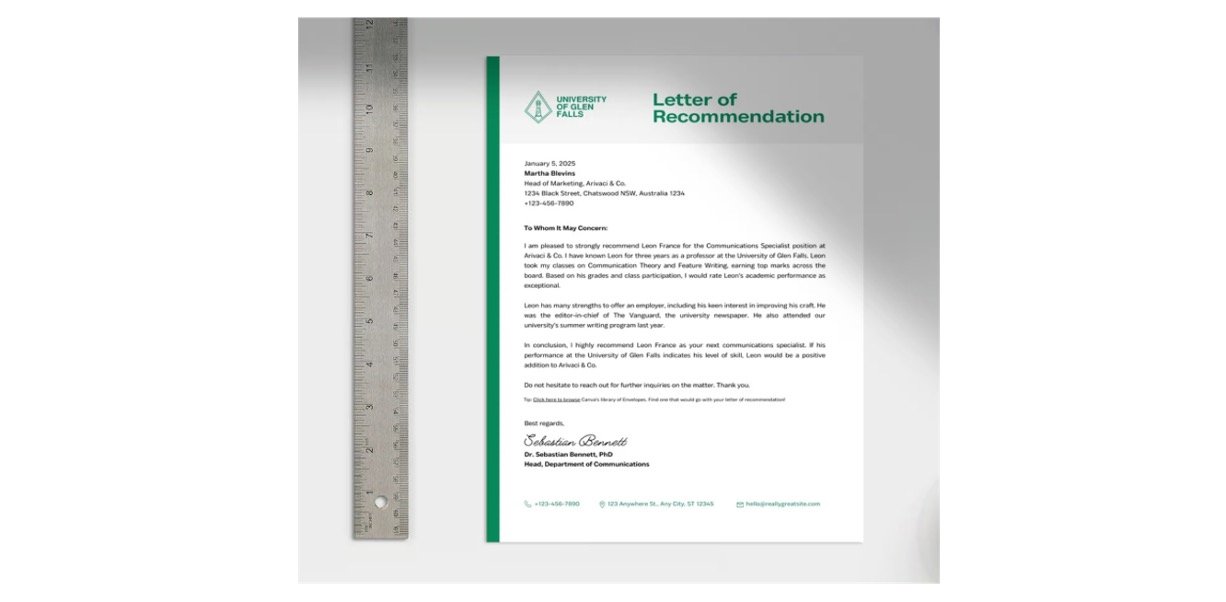Chemical Property, Physical Property, and Chemical Property Examples
Anything which occupies space and has someone is called matter.
All the substances that we see around us has some properties and these substances can be classified into two properties which are; Physical Properties and Chemical Properties
Physical properties are defined as a characteristic of a substance that is observed without changing the identity of a substance or its molecular formula.
For instance; appearance, odour, texture, boiling and melting points etc.
Chemical property on the other hand is the characteristic of a substance that describes its ability to undergo a specific chemical change.
Chemical Property Examples
Chemical properties that only be established when a substance transforms or changes into a new substance due to the chemical reactions, unlike physical properties which can only be observed by touching or seeing a sample.
Some of chemical property examples are the following;
(a) Flammability
Flammability is defined as the ability of a chemical substance to burn causing fire or combustion.
It is a chemical property because it can only be observed during a chemical change.
Usually, materials categorized are as highly flammable, flammable and non-flammable.
Understanding this chemical property can help us in in handling, storing, and transporting highly flammable materials.
For example; Wood is a flammable substance. Diamond is non-flammable.
(b) Radioactivity
In simple terms radioactivity is defined as the act of emitting radiation from an atom with unstable atomic nucleus spontaneously.
The most common forms of radiation emitted are classified as alpha radiation, beta radiation and gamma radiation.
Some of the most common radioactive elements include Uranium, Radium, Actinium etc.
There is total 38 radioactive elements present in nature.
(c) Chemical Stability
This chemical property is also called as thermodynamics stability of a chemical system.
Chemical stability refers to the stability that takes place when a chemical system is present its lowermost energy state which is a state of chemical equilibrium, or balance, with the environment.
(d) Half life
Half-Life is another chemical property which is defined as the amount of time taken by a substance for one half of its life to decay.
(e) Ability to Oxidize
It is a chemical property that results in the change of oxidation number of a substance either by gaining oxygen or losing hydrogen.
Example of the oxidation encompasses the way an Apple turns into brown colour after it has been cut.
Another example that can be considered for this property is rust, iron and steel will rust over time however they will rust more quickly if they are being combined with the pure oxygen.
(f) Toxicity
Toxicity is the chemical property which is measured by the damage it causes to the organism, plants, and animal.
For instance, chlorine gas, mercury etc.
Lead which is a toxic substance damage various parts of human body which includes bones, kidney, intestine, and reproductive system.
Toxicity is a very vital chemical property because it tells us about the damage a substance can bring to other organisms.
Some common toxic materials include mercury and numerous types of acids.
This also contains the household products, such as those comprising of ammonia.
(g) Heat of Combustion
Heat of combustion is defined as the amount of energy or heat released when a substance is burned with oxygen.
Example for the same include, amount of heat that is produced by burning of several fuels.
A basic example includes the combustion of methane, CH4, with oxygen. Metals also undertake combustion.
(h) Reactivity
Reactivity is defined as the ability of a matter that reacts chemically with other elements. For example, potassium is very reactive metal, on the other hand noble gases such as helium never react with any other substances.
(i) Acidity
Acidity is a chemical property which refers to a substance at ability to react with the acid. Some metals form compounds when they react with diverse acids. Acids react with bases to form water, which further neutralizes the acid.
(j) Enthalpy of Formation
• When a substance is shaped by standard elements, heat is either released or captivated. The heat connected with this is what we call the standard enthalpy of formation.
This is a significant characteristic because it tells us about the stability of the given compound, as well as its reactivity with further compounds.
Chemical Property Examples Citations
Share












